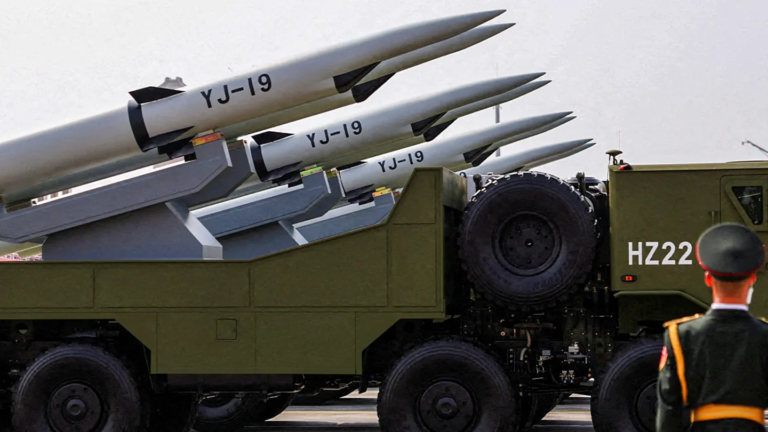
The Guardians injected critical tactical subject matter expertise directly supporting III MEF’s mission, while also delivering realistic and challenging space aggressor training enhancing the lethality and combat power of the entire joint force.
“Incorporating Guardians into our formation provides an increase in combat effectiveness,” said Col Brian Greene, operations officer for III MEF. “Their ability to seamlessly integrate space-based assets directly into the battlespace, increasing our lethality, provides III MEF and our partners with a decisive tactical advantage.”
“My experience with III MEF as a Guardian showed me how space is integrated tactically, reinforcing our mission’s importance,” said Park. “Commitment as a Guardian means we ask questions, gain insights, and seek ways to enhance support for the joint warfighter while defending our space domain.”
Mission Delta-11 is a subordinate unit of Space Training and Readiness Command (STARCOM) and delivers realistic, threat-informed test and training environments through the provision of live, virtual, and constructive range and combat replication capability in order to prepare USSF, joint, and allied forces to prevail in a Contested, Degraded, and Operationally Limited environment.





